In an experiment I used the Pomodoro Technique, the Getting Things Done method and the Maker Time theory together to improve productivity. The results were staggering! While writing, I feel more focused and efficient, I learned plenty of new things, and exercised at previously unimaginable times. This post walks you through the process and tell you what happened, when my peers joined the initiative.
Being a lazy ass, I constantly find myself looking for hacks to be more efficient. Sounds familiar?
I stumbled upon this treasure, just before the Holidays in 2015:
https://medium.com/@googleforwork/one-googler-s-take-on-managing-your-time-b441537ae037#.t5zvec8ak
This video is based on an email written by Jeremiah Dillon, a manager at Google. He suggested his colleagues to become Makers.
There are two paradigms to scheduling — the manager and the maker. While managers work with 30 minutes intervals, the makers are most effective if they can dedicate a half- or a full-day for their tasks.
Dillon thought his colleagues could work more effectively on important projects if they created these half or full day blocks. In order to achieve this, he advised the other Googlers to change their schedule, shorten their meetings, and work on the projects intensely on days when their energy levels are high.
His ideas became popular at Google quickly, and the email was shared many times on internal networks.
Ingredients to improve productivity
I couldn’t have met with Dillon’s thoughts at a better time. Besides being with my loved ones, I always used the holiday season to process hundreds of saved content and set goals.
This time, I decided to kick off the next year with an experiment. I would combine the Maker Time Theory I just discovered with routines, the Pomodoro Technique, and the Getting Things Done method.
The Pomodoro Technique is a time management process. It was developed in the late 80s, and its goal is to improve your work and study habits. The practitioners of Pomodoro divide their tasks into 25 minutes long intervals and take a short break between them. During work, they try to minimize the external, and internal distractions.
The Getting Things Done method teaches you to capture all your ideas and record them. This both helps you to focus on the task at hand and decide which one of your ideas are actionable.
My hypothesis was, that combining these techniques would put my productivity on steroids.
So this is how I set up my Calendar for every week. Each week I just have to plan what to do in that given time.
And this is how it changes once I plan it.
Tools to Improve Productivity
First I collected the tools needed to carry out the experiment. I picked the following apps:
- Google Calendar (for repetitive tasks and collaboration with my team)
- Calendly.com (for automated meeting scheduling)
- Asana (for task administration and scheduling)
- iDoneThis.com (to keep us accountable)
- Pomodoro One (to keep track of time)
- Gmail with Yesware and Contactually.com
- Blinkist, Podcast, Pocket on 2x times the speed
Ground Rules of a Productivity Hack
So let’s talk about some ground rules I set up to start with:
Following routines can make our daily tasks easier. At the same time, monotony can kill creativity, enthusiasm, and mood in general. Therefore, I decided to work in similar ways every day but with different tasks. I created blocks and filled them with the various tasks. I wanted my subconscious to know when to be in what state. To take procrastination out of the equation, I decided to “force” myself to do every task in my calendar.
The states my subconscious had to reach at certain times were the following:
o Maker Time
o Meeting Time
o Planning Time
o Creative Procrastination Time
o Email and Calls Time
o Me Time
My new weeks
- Tuesdays and Wednesdays are for Making. Studies show that these are the most productive days, so I elimanted all the distractions.
- This is why Monday is for Planning and Internal meetings.
- This is why I only take in person meetings on Thursdays and Fridays, plus calls on Mondays(I prefer 20-minute calls that can be automatically selected at Calendly.com)
- Friday is followed by Google’s 20% Personal Project rule and we can do whatever is on our minds, but have to keep the same schedule.
- Every morning and evening I have routines to follow which consists of exercising, reading, watching videos, chatting with friends.
The main goal of the experience was to get in the flow and get more done while I have a lot of fun.
Want to know how that went?
In the following paragraphs, I will walk you through the process and write about my experiences each week. If you’re only interested in the summary and the conclusion, just scroll to the end!
Week 1.
The first day of my experiment felt like a rush. It was packed with activities but in a good way. This is funny, since it had been full of tasks for a few years, but not in an organized way. Sometimes this made me feel like my time is floating away
On a meeting with business partners, I’m always prepared and punctual. Until this experiment, I treated my personal tasks differently. I often delayed less interesting tasks or tried to avoid some of them.
But this day was different. For the first time in my life, I felt the same rush and level of professionalism toward myself, as with important external partners. I had my calendar booked with alarms, my Pomodoro One app was ticking. It felt good and was in a productive state all day long.
Additionally, I could measure the difficulty and timing of my tasks way better. Here is an example: I decided to spend 2 Pomodoros (about 50 minutes) on setting up a Hubspot campaign, but it turned out that I needed more time to finish it. So at the end of the second Pomodoro, I used the Get Things Done method and created a Project out of it..
As the rest of the week went by, sticking to the. plan got harder. There were two main reasons for this: 1) I had to adjust to other’s schedule and 2) force myself to stick to my own schedule even when I didn’t want to.
When I had my own Maker time for Tuesday and Wednesday, the system worked really well. I could get things done and move smoothly. Even though sometimes I was slower, then I originally thought I would be, rescheduling things and reminding myself that I don’t have to get everything done in a day, helped a lot. I could keep my level of energy and efficiency in a balance.
Then came Thursday. The day when I had to completely rearrange my timetable. I planned to have business meetings then, but they were delayed until Friday – the day devoted to my personal projects.
I had no other choice than to switch the days. My personal project was to catch up with reading. So I had gone to the gym, then went home, to do that. That is where, I fell into my bed, and fell asleep.
Why? I guess it happened because I couldn’t really sleep that week, thanks to the excitement.
I gave myself a day off, and it was a good idea. On the rest of the week, I managed to get approximately 40% of the scheduled readings, and I’m OK with that.
Based on the first week, I expected too much of myself and didn’t give enough time to balance myself. I decided to change this in the upcoming weeks.
Week 2
Just the fact that I write the blog and keep track of my time, helps me get better. Nice side effect, right?
Let’s take a look at, the second week of my human experiment!
Topics to cover:
- Eliminating travel time
- Emails
- Planning and GTD’s in-basket
- Too much todos
On this week, I significantly shortened travel times. Before that, I used to spend 100 minutes traveling each day, which is 8 hours in a 5-day workweek. Usually, I went to three different destinations a day. By setting up meetings close to the gym, I could replace those 3 trips with one, and spend more time on audio books or podcasts. (Startupchat.com and The Tim Ferriss Show is highly recommended!)
By the middle of the week, I realized, that I need more time for emails. Since I used to write them once or twice a day, I thought that 3-4 Pomodoros would be enough. It turned out that it is not, and I can’t answer them in a timely manner if I don’t devote more time for this task. The solution: I decided to spend 80% of one of Week 3’s content time on emails.
At the end of the week, I adjusted my schedule. Originally I planned to empty my GTD in-baskets on Monday mornings, but I moved this block to the end of the week. I decided to do so, since Monday was also a time for planning and adding personal and professional tasks to Asana and my Google Calendar.
Overcharged, but excited
In week two, I was sooo excited about this whole new level of productivity, that I added too many tasks for Maker Time. I tried to finish 20-30% more than I what I am capable of doing. I have no short term solution for this, therefore, I rolled them to the following week. In the long run, I will need to master delegation.
Lastly, the same thing happened on my personal project day: todos stacked up and I ended up solving those. So I had to finish them at the weekend. Two meetings that I couldn’t manage on workdays also took place then.
The two extra day came handy, but it could only work as a short-term solution since it is very important to set quality time aside for loved ones. I guess I could do the same on the upcoming week, and it is actually nice, to get some pleasure work done (which was 4 hours and two 1.5 hour individual meetings with team members in this case).
Week 3
The important action of this week is that I changed the scheduling. I increased the number of Pomodoros devoted to emails and other work related tasks on Thursday. In the previous weekends, I felt overwhelmed by the unresolved tasks waiting for me, and this took away the stress from Mondays.
Screen Shot 2016-01-26 at 9.30.42 AM
Week 3 was also about team collaboration, delegation and the birth of new habits.
I started to feel some neurological effects in my brain and body, that it wanted to do X and Y at a given time. This applies to gym time, writing time, meetings and most importantly Maker projects. I also became somewhat better at the things I do.When I was writing, I felt more focused and productive – which was the whole point of my new routine.
Let me give you an example. On Wednesdays I don’t go to the gym, so I planned meditation and some 7-minute workout for the morning. I hated those things, but wanted to see how it turns out. On Week 3, I jumped right out of the bed and started exercising, then meditated. Like it was the most normal and obvious thing in the world. After the exercise, I met with a friend and had breakfast. We talked for an hour before I started writing. This break increased my productivity, the time I spent on writing was highly effective.
Bottom line, having Maker Time every week at the same time is a multiplier of productivity.
Teamwork with Maker Time
I asked others on my team and peers of mine to join my initiative. I thought if we could synchronize our working routine this way, we wouldn’t disturb each other at the meeting, or during Maker Time.
Tuesdays and Wednesdays are Makers Time for us. When we work together, we tend to lose track of time, since we literally feel the ecstasy of creation.
To give you an example, on the Tuesday of Week 3, we decided to rebrand our agency with one rule. We would be very simple and use only 3 pomodoros for this task. Although it took more time (approx. 4 pomodoros) at the end we almost finished every task. I was ready, and my coworker, Daniel only had to fine tune the website and the logo (which he did using 3 more pomodoros).
The lesson here for us was the following: if we are working on a creative project, we need to let the flow take over – even if that means delaying some other tasks.
Also, a well-delegated project will have a different time requirement for each member working on it. So it could be useful to discuss the developments after 3 pomodoros, and summarize who did what and what to continue with. After this, we can work on different things, needed to finalize the project.
I plan to have a similar Week 4 to Week 3, just to see if the adjustments I made over the past few weeks, could work in the long run. It was great to work together with my team this way, and I think everybody felt the same and enjoyed the project. I’m looking forward to the upcoming weeks!
Week 4
Ok, this week was a total disaster.
All the preparation and three weeks of work fell through because of one thing. That was dependency.
We moved to a new office. Originally, it was supposed to be ready two weeks ago, so I devoted the previous Saturday to moving.
I went to IKEA and other supply shops and bought new chairs, desks, and office supplies. and delivered them to the office, just to discover our rooms were not empty. We have two rooms, and both of them were stuffed with the previous tenant’s furniture. On top of that, the building’s doorman was sitting in one of them.
The landlord apologized and promised that everything would be ready for this week. Of course, he didn’t keep his promise. On Monday the office was still in an unfinished state, to put it politely. Finally, after an unnecessary trip on Tuesday, and some time spent on assembling the furniture, which, by the way, should have been done by the landlord, we could start work in our new office on Wednesday.
The net wasted time on this project was around 4 hours. Which is not a very long time, but as a result, two of my Maker days were totally unproductive. The whole situation was so bothering that I just couldn’t move forward the usual efficiency.
What can one do?
Sometimes things need to fall apart to build a solid base.
I decided to let this week go and switched to survivor mode. I did the mandatory stuff, like team and client meetings, emails, etc.
Better than expected…
This week I couldn’t sleep well at all. Three nights out of the five, I stayed up until 1-2 AM to get shit done.
Surprisingly it was worth the time, and switching to survivor mode, and working late had several great outcomes:
1) I found an excellent software for our CRM. It is called Contactually.com. I highly recommend it for small businesses. It’s a great tool to keep in touch and keep score at the same time on a very automated basis.
2) Sacrificing my 20% Friday, I managed to sit down with our dev team. We could finally improve our on-boarding system in a meaningful way – both functionally and design wise. It was 4 hours (8 pomodoros) of amazing Make time. I highly recommend you to do the same. Sit down and work alongside your developers!
2.5) I also managed to answer all my emails and complete the weekly task organization so nothing remained for the next week.
This week gave me the confidence that I needed. By the end of the week I was certain, that using this system would keep me in a productive mindset even when I feel down, or inefficient.
The 20% challenge: Reading Fridays
January’s twenty percent tasks for me were to clean my Facebook Saved items, Pocket Lists and finalize my book.
None of those happened.
The reason is simple: I overcrowded the first four days of the week and had to do some catching up on the last workday. Plus, on one Friday afternoon, I had to attend a conference, on another I had to visit our development team.
So much for plans, right?
The lesson learned here: we need a bigger team and better delegation. I will only be able to carry out the twenty percent plan if this happens.
I also figured that I could plan my weekends the same way I intend to do with my Fridays. I catch myself sleeping in, laying in the bed, thanks to the 7000RPM and burn out of the week. But. If I plan some activities or me time on the weekend that is related to the 20%, I can easily manage and maybe get involved my loved ones as well.
Conclusion to Improve Productivity Now
“Most people overestimate what they can do in one year and underestimate what they can do in ten years.” – Bill Gates
The experiment had a lot of unexpected, and beneficial side effects. I read way more than usually and I was open to new things. This is how I met with Stoicism and great minds like AngelList’s Naval Ravikant.
Of course, I couldn’t achieve everything I planned for this period.
As productive as I wanted to be in January, I had to keep reminding myself that life is a marathon, not a sprint. We shouldn’t get caught up in the moment and overburden ourselves with tasks that need to be solved ASAP.
We need to form habits instead, that make us happier and help us fulfill our goals.
I will use the results of this experiment, to create new habits. Tasks that need to be completed at the same time and period of the week. I believe this will make me more balanced, and happier.
Main takeaways from the experiment:
- If you can form one habit out of this make it the exercising. Do it for 10-30 minutes at the same time, every week and this will affect many areas of your life.
- Work together, preferably at the same place with the same schedule. This way your presence motivates each other
- Nothing is permanent. Experiment and continuously adjust your routines.
- Cut meetings, try to stick to emails with bullet points. Use a background task management software or CRM where you bcc your task and never forget anything
- Keep 20% of your time to work on something totally different and continuously develop yourself.
- No matter if you are a solopreneur or a careerist at a large corporation, you can convince your partners/bosses about the two points above. Just show them the results in efficiency
- If you put time pressure (just a bit realistic) on something, you can achieve great results without getting caught in the details
- Make use of your travel time: schedule calls, listen to audiobooks or saved pocket readings. Just don’t let 60-120 minutes of the day float away.
- Schedule activities, which are not work related for weekdays too. Meet with a good friend after a productive maker day! Close a workday with a long dinner with people you enjoy spending time with!
- Don’t take things too seriously.
Will I keep using this method? Hell yeah. This is one of the best and most complex smart habit productivity hacks that happened to me in a long time!







4 comments
Write a comment